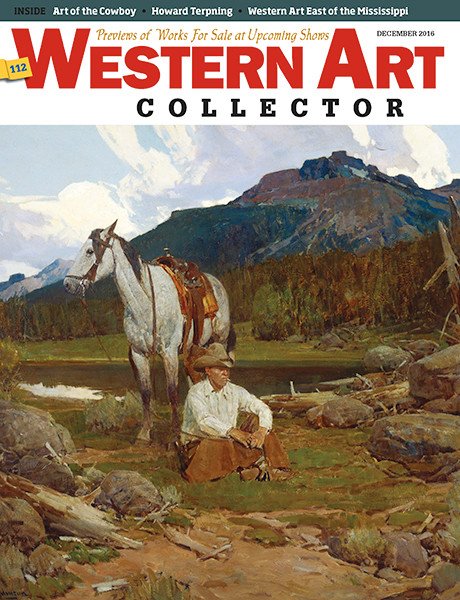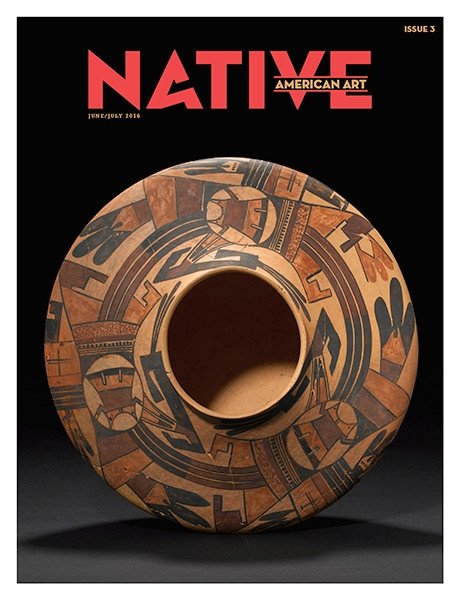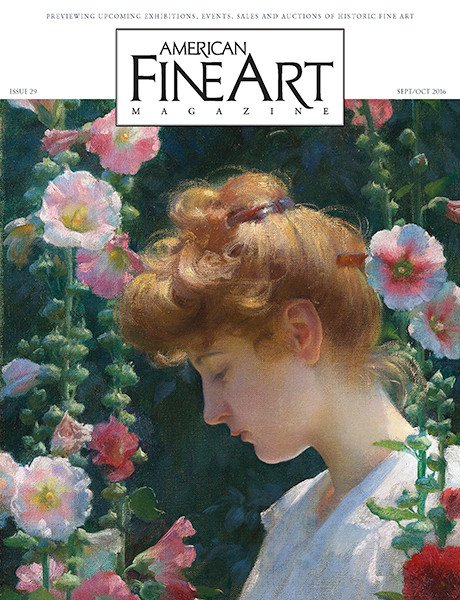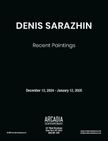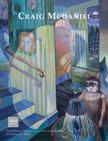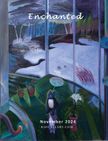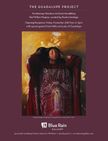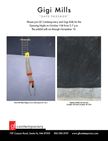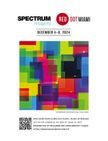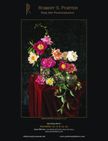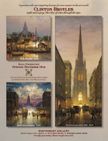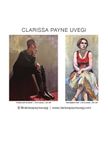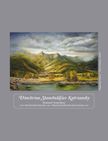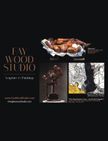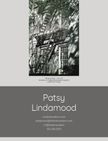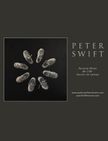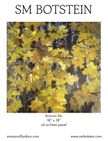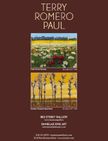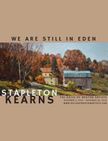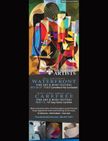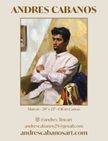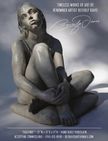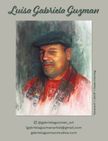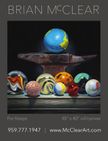Raleigh, North Carolina, resident Alberto Ortega’s quiet surroundings are a far cry from Seville, Spain, where the artist was born and raised. It wasn’t long after immigrating to the United States that his humdrum suburban surroundings became his favorite muse.
In Eye of the Beholder—a solo exhibition of the artist’s work on view at Arcadia Contemporary from November 7 through December 1—Ortega depicts the nostalgic 1950s suburban scenes that have shaped American society as we know it. But underneath the safety and comfort of the mundane moments he portrays, lies a sense of unease, challenging the general collective’s rosy retrospection of this era.
 No Surprises, oil on panel, 30 x 48"
No Surprises, oil on panel, 30 x 48"“I would describe myself as an artist who delves into the hidden narratives of suburban life,” says Ortega. “My paintings depict seemingly mundane suburban scenes, often set at night or dusk, which subtly evoke feelings of mystery, isolation and tension. Visually, my work is rooted in a muted, atmospheric palette that reinforces this sense of unease. With my art, I aim to explore the complexities of suburban life—its quiet isolation, unspoken tensions, and the sense of detachment that can linger beneath its surface.”

The Clock Tower, oil on panel, 30 x 40"
Steadfast in his opposition of the “American dream” of mid 20th-century ideals, Ortega challenges the merits of societal conformity and the nuclear family, calling out the contradictions and mounting pressures pervasive in that era of national identity. Zoning in on the carbon copy neighborhoods to the Baby Boomer generation, he breaks through their shiny facades, exposing the underlying fragility and isolation.
Ironically, it’s this same loneliness that the neighbor-figures in his work presumably experience that creates a sense of community and connection between each other and the viewer. Although these characters exist in the 1950s, their plight is a universal human experience, no matter what decade we may find ourselves in.
In his narrative approach, Ortega has crafted a lengthy creative process. Prior to putting brush to canvas, he meticulously builds miniature models of his sleepy, imagined towns to use as reference for the eventual painting.

The Long Winter, oil on panel, 16 x 16½"
“My artistic process begins with constructing 1:87 scale miniature models, which serve as the foundation for my compositions,” says the artist. “These models allow me to visualize the scenes I’m going to paint, and they function much like a sketchpad for me, offering flexibility to experiment with light, space and perspective.”
After the construction phase, he then creates digital copies of his sets in Photoshop, which will serve as a digital blueprint to guide his paintings. From there, Ortega refines his 3D models, selecting final placements of key details to establish the overall structure.
This cinematic approach is a byproduct of Ortega’s love for American media, in particular, the work of director David Lynch, as well as The Twilight Zone, which the artist says “... intrigued me with its uncanny portrayal of normalcy on the surface, but with an unsettling undertone.”

The Band Practice, oil on panel, 18½ x 30"
A Lynch-esque storyteller himself, Ortega’s latest body of work is marked by open-ended questions that invite viewers to project their own perspectives and assumptions onto the paintings in an attempt to make sense of the unknown.
“I titled this exhibition Eye of the Beholderbecause it reflects the idea that perception is subjective,” he says. “Much like the phrase itself, the title suggests that what one person sees or feels can be entirely different from another’s interpretation. In my work, I aim to capture scenes that might seem familiar at first glance but contain layers of ambiguity, unease or tension. The title speaks to the viewer’s role in completing the story, shaping meaning from their own experiences, emotions and imagination.”

Annunciation, oil on panel, 30 x 48"
Whether it be the suspenseful No Surprises or the shadowy The Clock Tower, muted color palettes, elevated vantage points and twilight settings unify each of the works throughout the exhibition, amplifying uncomfortable human emotions, and encouraging a mood of reflection in the viewer.
When asked to expand upon the aforementioned works on an individual basis, Ortega declined to comment, adding “As far as describing the paintings, I never describe what a painting is about, since they are ambiguous and open-ended stories.

Alberto Ortega in his studio, creating the set-like models that serve as the starting point for his paintings.
“Ultimately, I’m inspired by the quiet complexities of life—those moments that often go unnoticed but hold so much meaning just below the surface,” he says. “What’s important isn’t just what’s shown but how it’s perceived.”
Eye of the Beholder opens with a reception at Arcadia Contemporary on November 7 from 6 to 8 p.m.
Arcadia Contemporary 421 W. Broadway • New York, NY 10012 (646) 861-3941 • www.arcadiacontemporary.com
Powered by Froala Editor
